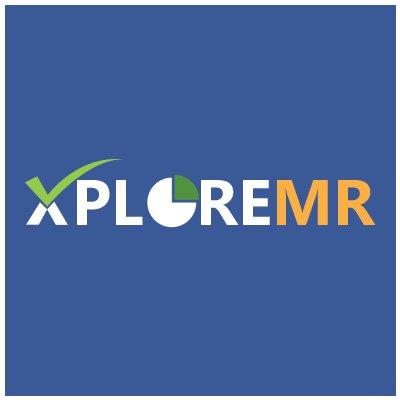Influenced by COVID-19 Pandemic, Lysosomal Storage Diseases Therapeutics Market to Grow X.X Times in the Coming Years
XploreMR provides a critical assessment of the performance of emerging and mature markets in a new publication titled” Global Market Study on Lysosomal Storage Diseases Therapeutics: Hospitals End User Segment Anticipated to Account for 66.9% Revenue Share by 2016 End”
This Market Study examines the global lysosomal storage diseases therapeutics market performance in a new publication. The primary objective of the report is to offer updates and information related to market opportunities in the global lysosomal storage diseases therapeutics market. The report provides key insights pertaining to various segments of the global lysosomal storage diseases therapeutics market and throws light on the key drivers, restraints, and trends likely to impact market growth in the next few years.
Get sample copy of this Report: https://www.xploremr.com/connectus/sample/1134
The global lysosomal storage diseases therapeutics market report begins by defining various types of therapies available for treatment. This is followed by an overview of market dynamics influencing the global lysosomal storage diseases therapeutics market. Impact analysis `of key growth drivers and restraints based on a weighted average model has been included in the global lysosomal storage diseases therapeutics market report after detailed analysis of individual regions to better equip readers with meaningful insights on ongoing developments in the market. The subsequent sections evaluate the present scenario and future growth prospects of the global lysosomal storage diseases therapeutics market on the basis of key segments – by Indication, by Type of Therapy, by End User, and by Region – and provide a detailed analysis of these segments in terms of market size, Y-o-Y growth rate, absolute $ opportunity, and BPS analysis. The global lysosomal storage diseases therapeutics market report provides an overall market outlook and discusses key regional trends contributing to the growth of the global lysosomal storage diseases therapeutics market worldwide and also analyzes the impact of drivers and restraints in each region.
The final section of the global lysosomal storage diseases therapeutics market report includes a comprehensive competitive landscape to provide report audiences with a dashboard view based on categories of providers in the global lysosomal storage diseases therapeutics market product portfolio and key differentiators. Key categories of providers covered in the report are lysosomal storage diseases drug manufacturers. This section is primarily designed to provide clients with an objective and detailed comparative assessment of key providers specific to a market segment in the global lysosomal storage diseases therapeutics market value chain.
Buy Now This Report: https://www.xploremr.com/cart/1134/SL
The report provides segment-specific vendor insights to help readers identify and evaluate key competitors based on an in-depth assessment of capabilities and success factors. The report also profiles the main providers and discusses their long- and short-term strategies, key offerings, SWOTs, and recent developments in the global lysosomal storage diseases therapeutics market. Shire PLC, Pfizer, Inc., Sanofi, BioMarin Pharmaceutical Inc., Actelion Ltd., Raptor Pharmaceutical Corp., Protalix Biotherapeutics Inc., and Amicus Therapeutics, Inc. are some of the companies featured in the global lysosomal storage diseases therapeutics market report.
Research methodology
The report considers 2015 as the base year and provides data for the forecast period. To ascertain the global lysosomal storage diseases therapeutics market size, This Market Study factors in the revenue generated by manufacturers. The forecast presented in this report assesses the total revenue by value across the global lysosomal storage diseases therapeutics market. In order to offer an accurate forecast, the report begins by sizing up the current market, which forms the basis for how the global lysosomal storage diseases therapeutics market is expected to develop in the future. Given the characteristics of the market, data is triangulated on the basis of three different types of analysis based on supply side, downstream industry demand, and the overall economic envelope.
Further, the report conduct forecasts not only in terms of CAGR, but also analyzes it based on key parameters such as Year-on-Year (Y-o-Y) growth rates to understand the predictability of the market and to identify the right opportunities across the global lysosomal storage diseases therapeutics market. To understand key growth segments in terms of their growth and adoption in the global lysosomal storage diseases therapeutics market, This Market Study has developed an ‘Attractiveness Index’ to help providers identify real market opportunities in the global lysosomal storage diseases therapeutics market.


